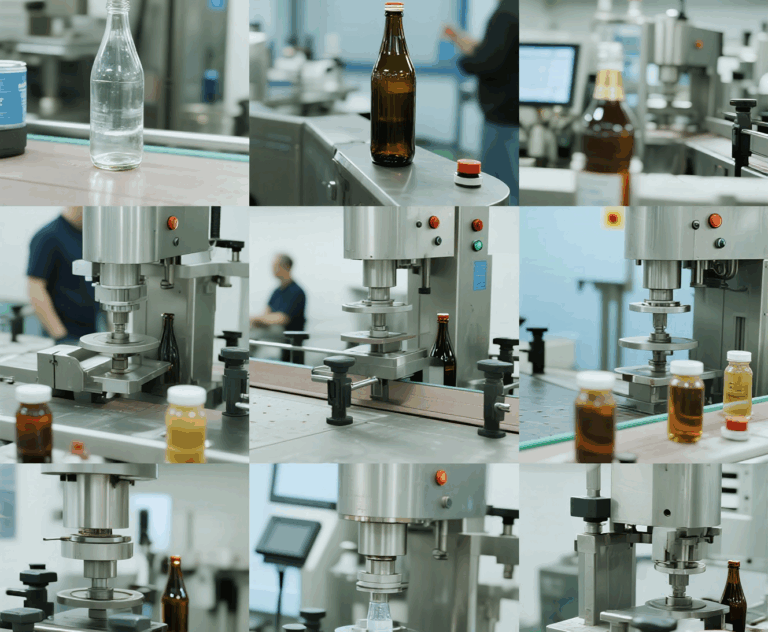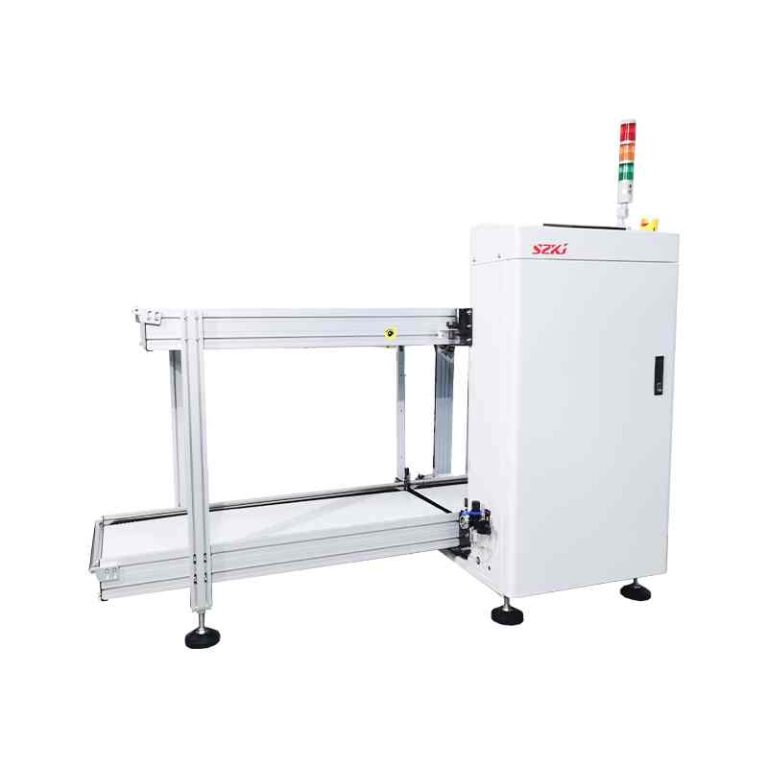Traffic management plays a critical role in ensuring smooth and safe transportation in both urban and rural areas. One of the most essential tools in traffic control is the traffic signal controller. Often hidden inside a metal cabinet at intersections, this device is responsible for operating traffic lights based on preset programs or real-time data. Understanding how a traffic signal controller works and what components it includes is essential for professionals in traffic engineering, urban planning, and smart city development.


What Is a Traffic Signal Controller?
A traffic signal controller is an electronic device that manages the timing and sequence of traffic lights at an intersection. Its main job is to ensure the orderly movement of vehicles and pedestrians by assigning the right-of-way in a safe, efficient manner. Controllers can be programmed for fixed-time operation, traffic-actuated control, or coordinated with a central traffic management system for adaptive responses.Key Components of a Traffic Signal Controller
- Controller Unit (CPU/Mainboard) This is the "brain" of the traffic signal controller. It processes all input data and executes control logic to determine the signal phases. It can be pre-programmed with schedules or run adaptive algorithms based on traffic flow data. Modern units often support remote programming and integration with city-wide traffic systems.
- Input Devices (Sensors and Detectors) These include inductive loop detectors, infrared sensors, or video cameras that detect vehicle presence, queue lengths, or pedestrian movement. The traffic signal controller uses this information to decide when and how long a signal should remain green or red. This real-time data helps optimize flow and reduce congestion.
- Output Devices (Signal Lamps and Indicators) The output section of the controller sends electrical signals to traffic lights, pedestrian signals, and audible indicators. Based on the programmed cycle, the controller activates the correct light combinations to manage right-of-way for all road users.
- Power Supply Unit and Battery Backup To ensure continuous operation, the controller requires a stable power source. Most systems are connected to the main grid, but they also include battery backups or UPS systems to maintain functionality during power outages—crucial for safety and consistency.
- Communication Module Modern traffic signal controllers are often connected to a central traffic management system. The communication module allows data exchange via fiber optics, cellular networks, or radio signals. This enables real-time monitoring, remote diagnostics, and traffic coordination across multiple intersections.






